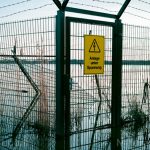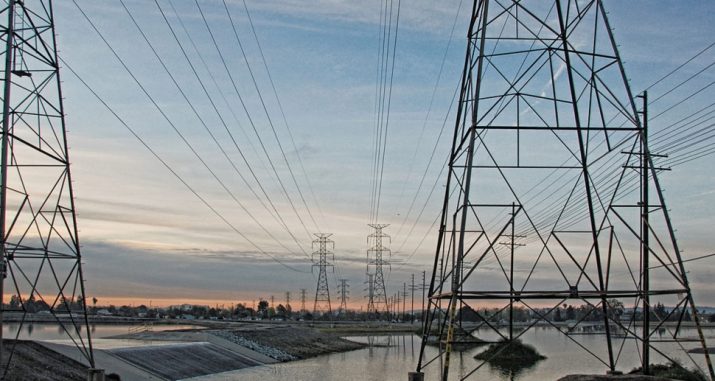
No Power? No problem, here are 5 ways to keep food cold when the grid goes down
Wednesday, June 28, 2017 by Tim Wesley
http://www.emp.news/2017-06-28-no-power-no-problem-here-are-5-ways-to-keep-food-cold-when-the-grid-goes-down.html

There is no going back ever since mankind enjoyed the comfort provided by electricity. Modern life will not be complete without power. Plus, it would seem impossible to get through the day without the help of appliances and other gadgets that make our lives easier. So imagine what would happen if we suddenly lose electricity. What would you do? How are we going to survive, especially since not having electricity means we don’t get to store food for long periods?
Refrigeration is the single most important use of electricity. Food is essential for us to survive. Not having the ability to store food and prolong its life is difficult as you won’t be able to stock up on supplies because your food will spoil in as fast as one day.
But there’s really nothing you can do about power outage should it happen. The good news is, you can do something about prolonging your food’s shelf-life. Here are tips on how you can keep food cold when the grid goes down. (Related: How to prepare for disaster and survive)
- Go back to basics and go underground. — Going underground is necessary to keep food fresh because the temperature is cooler below the ground. Perishable food will start to get infected by bacteria after two hours unless you refrigerate them. That’s why people during the ancient times stored food in caves. Back when there were no refrigerators, the best way to prolong milk, cheese, or meat’s shelf-life is to literally bury them. Storing food underground eventually evolved to using root cellars, which are spaces carved out of the ground to store food like vegetables.
- Use running water. — Interestingly, you can keep food fresh by immersing it in running water, as doing so cools the food, thus leading to the possibility that it won’t spoil easily. This tip is ideal for those who like going on hikes or camping trips for days. Wash fruits, vegetables, or even meat in a nearby stream. You have to remember, though, to keep your food inside a container to keep fish and other animals from getting to it.
- Use the concept of evaporation. — This requires a little bit of tinkering because you’re pretty much going to create a makeshift refrigerator. Using the concept of evaporation, you should be able to keep food fresh longer. You’re going to need to make something that will allow you to surround your food with evaporating water. Have access to a closed container or a shelf and wrap it with any wet fabric. The key here is to keep adding water to the cloth. It would be best if you can place the makeshift refrigerator in a spot where a breeze can hit it. The stronger the breeze is, the higher evaporation it will produce, which means your storage area will become cooler.
- Go primitive and create a zeer pot. — This primitive method of keeping food fresh, which also utilizes the concept of evaporation to keep food cool, is still used in some parts of the world. What you do is you take two unglazed pots, one bigger than the other. Put the smaller pot inside the bigger one and then fill the gap with sand. Add water to the sand and place your food inside the smaller pot. Water from the surface of the wet clay inside the bigger pot will then evaporate, cooling down the pots and their contents. You then need to cover the pots’ opening with a wet cloth to further lower the temperature.
- Make your own authentic ice box. — This isn’t the usual ice box you’re used to. This one’s more vintage – the kind that’s used prior to the invention of the refrigerator. It’s basically a storage container that you fill with ice and straw or sawdust to store food in. Those who live near frozen lakes are in the best position to make an ice box because they would have no difficulty with getting ice and storing it.
There’s no reason to starve when the power goes down. As long as you keep your wits with you, keeping food fresh and tasty should not be a problem.
Source include:
Tagged Under: Tags: how to keep food cold, how to prolong food, prolong your food's shelf life





